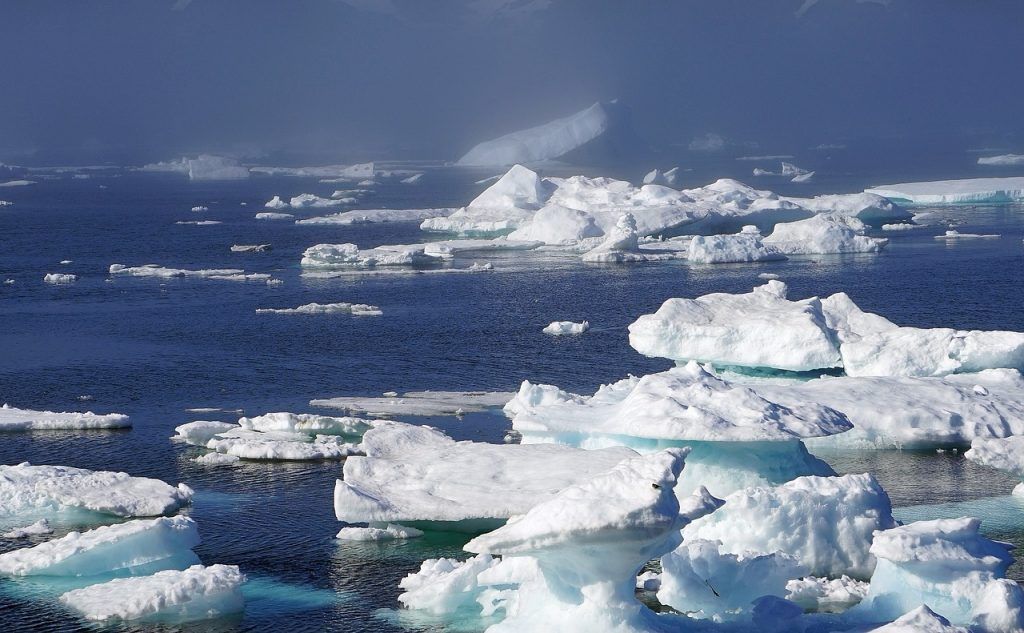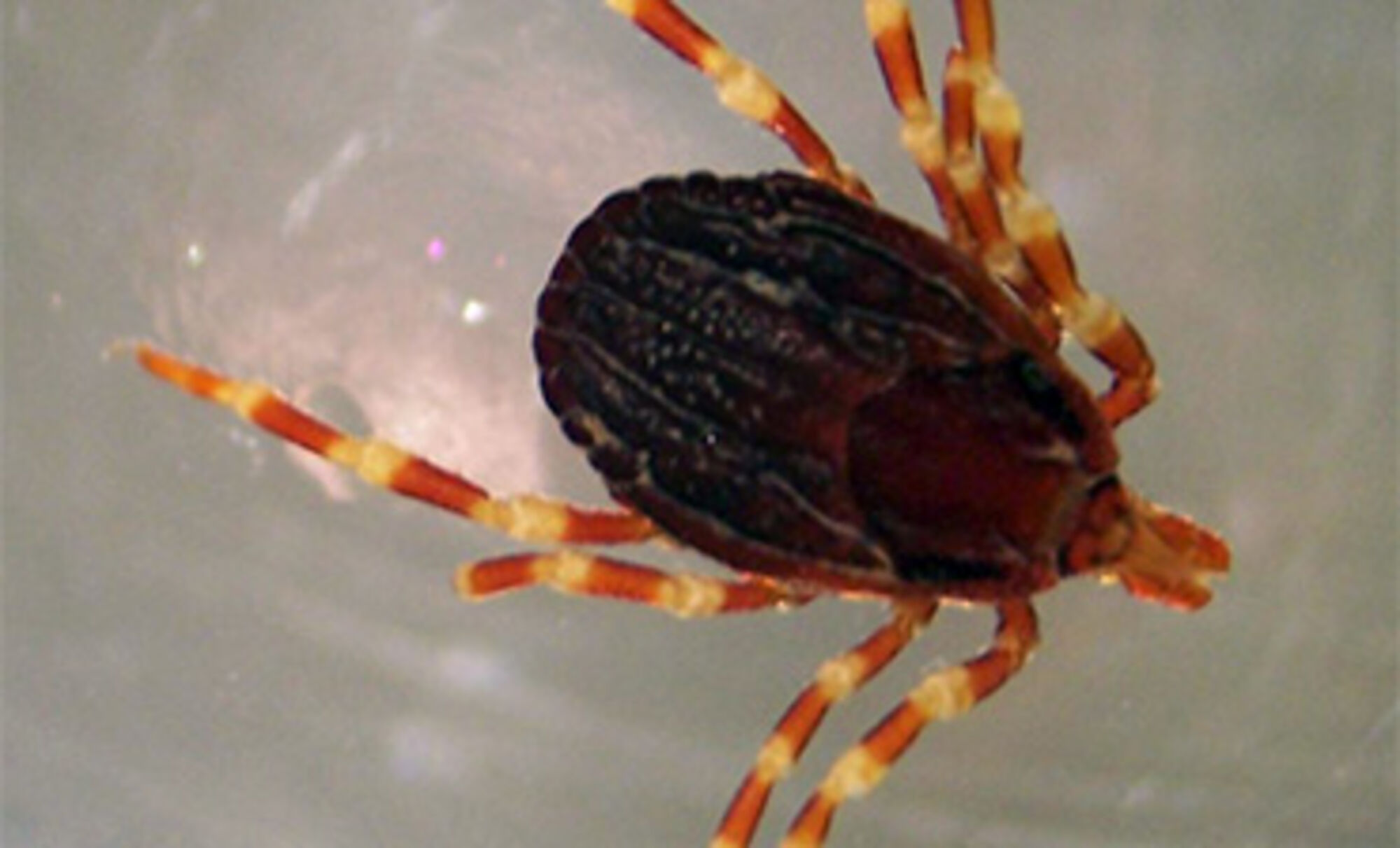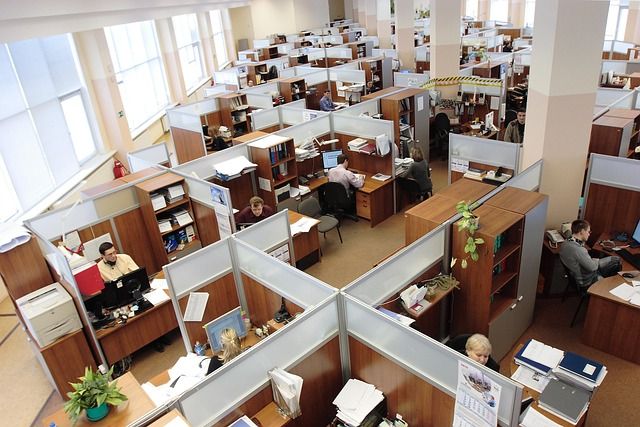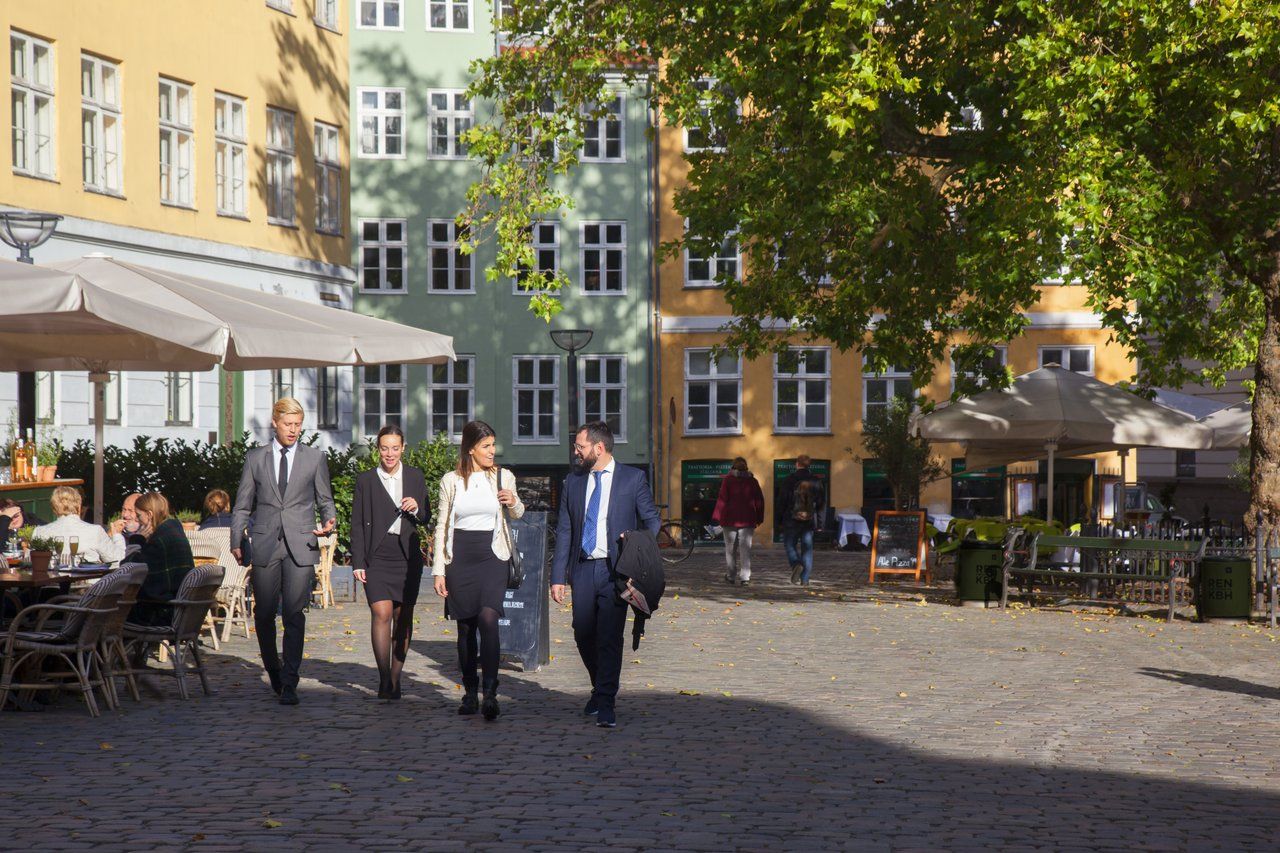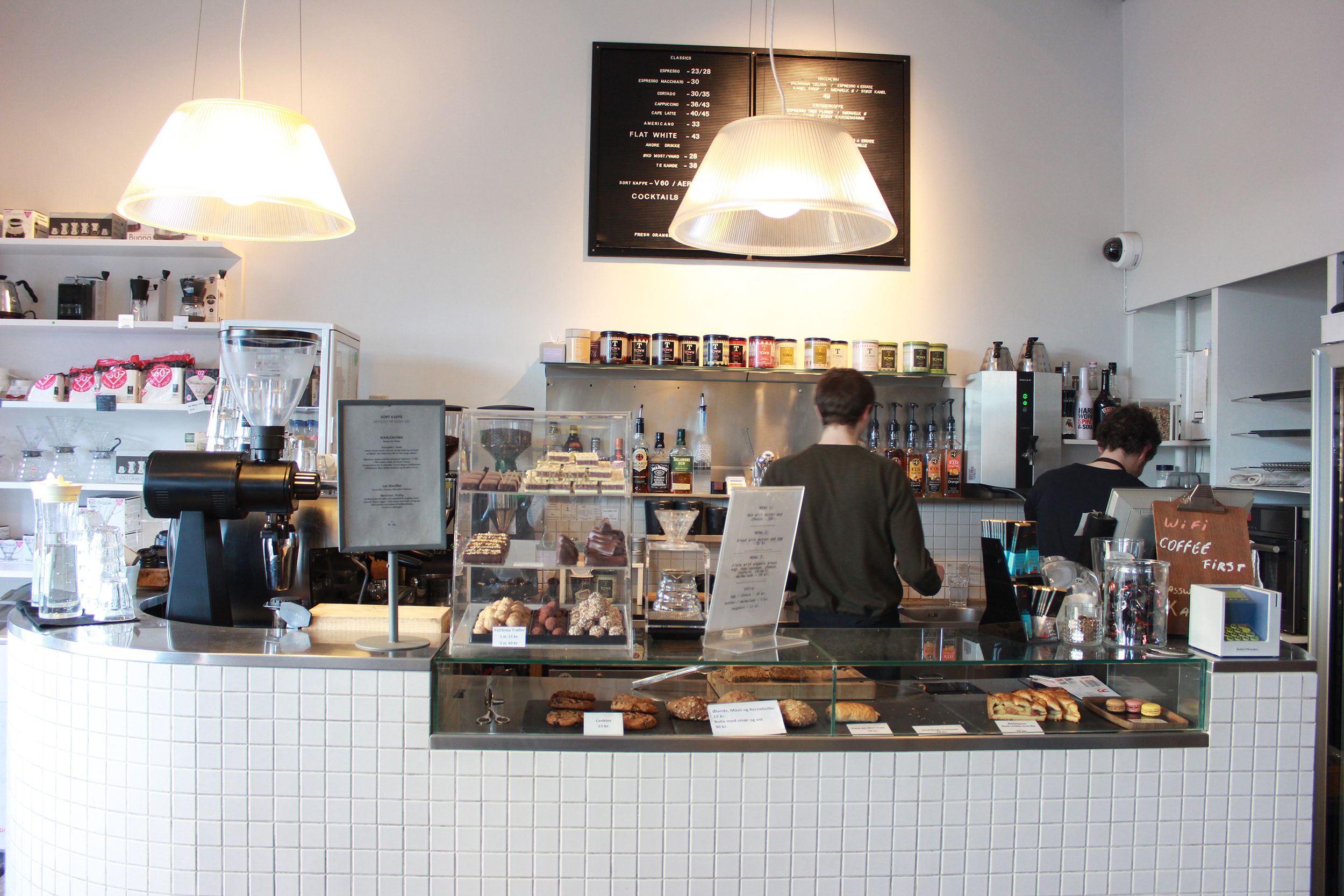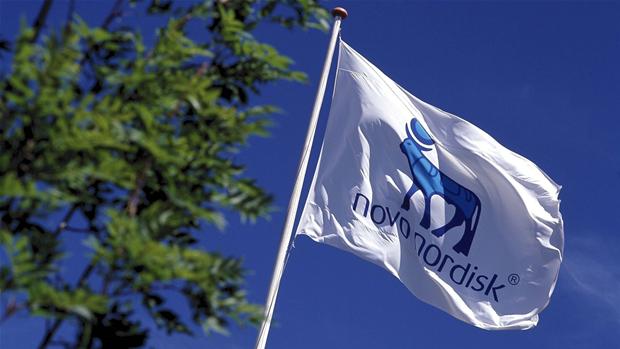Crown Prince Frederik graced the stage yesterday at an event in Esbjerg inaugurating an experiment in carbon capture and storage (CCS). The technology involves pumping carbon dioxide emissions back into the earth, reports DR.
In the sea not far away from the proceedings, a disused oil rig was used to begin pumping the gas beneath the sea. The CO2 was brought there in large containers on a ship.
The ship can carry 800 tonnes of the gas in one go. According to DR, this is the equivalent of the emissions of just 70 Danes, prompting questions as to whether they should be eating so much rye bread.
A drop in the sea
Amongst those present were representatives of oil companies, including Mads Gade, the Danish representative for global petrol giant Ineos, who was one of the speakers.
Total Energy are also purported to be investing in CCS in the North Sea. Oil companies already have the expertise to extract oil from the earth, and are now looking to make a profit pumping its waste fumes back in.
Critics have drawn attention to the hypocrisy of oil companies making even more money through cashing in on a solution to climate change — a problem which they have had a large share in causing.
Experts say that the amount of carbon dioxide we are able to take out of the atmosphere by CCS is nowhere near enough to make a significant impact on climate change.
The state, however, stands firmly behind the use of the technology.
How it works
Carbon capture and storage essentially does what it says on the tin.
First, carbon dioxide being emitted into the atmosphere has to be captured. It is then cooled, which allows it to be stored in special containers.
The containers are shipped to adapted oil rigs like Nini, the platform being used in the current experiment, where the gas is pumped safely out of the atmosphere.
The technology is certainly clever. But both the Danish Climate Council and the UN Climate Panel have reached a consensus that CCS will not be effective in preventing climate change.
The question, therefore, is why are the government insisting on using 40 billion kroner of taxpayers’ money to fund it?



